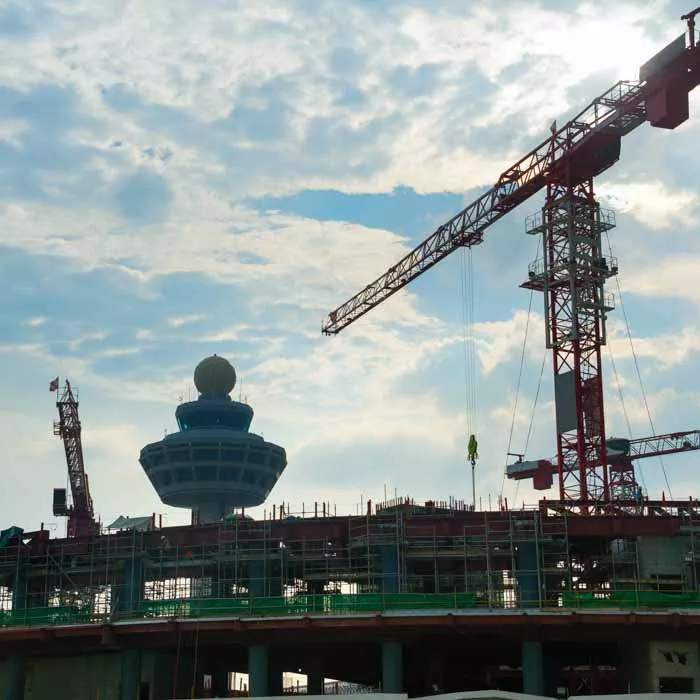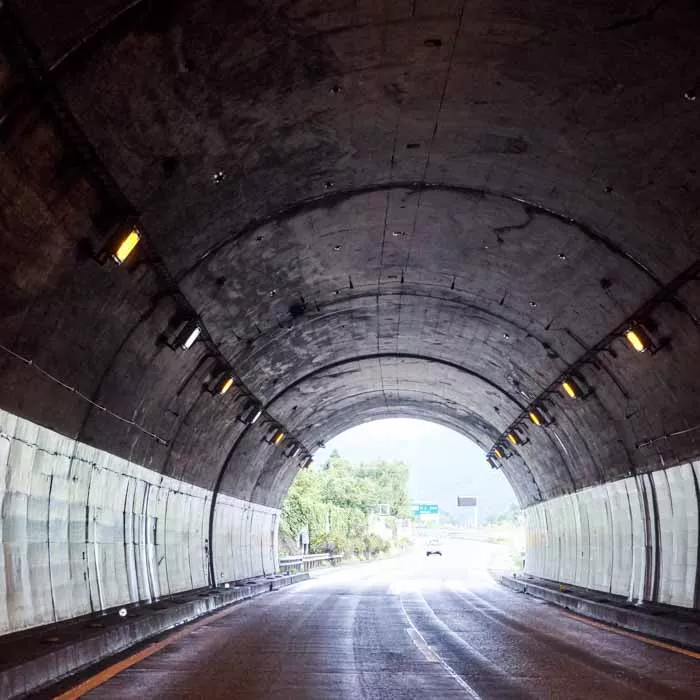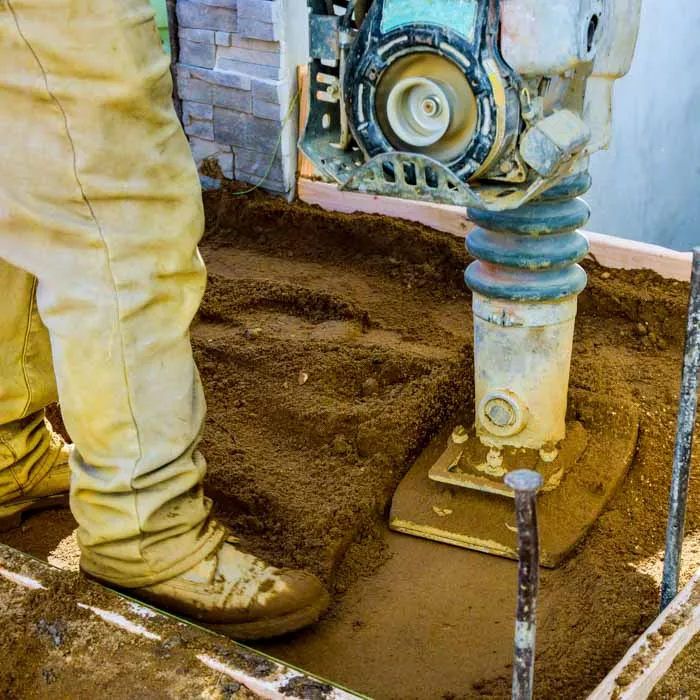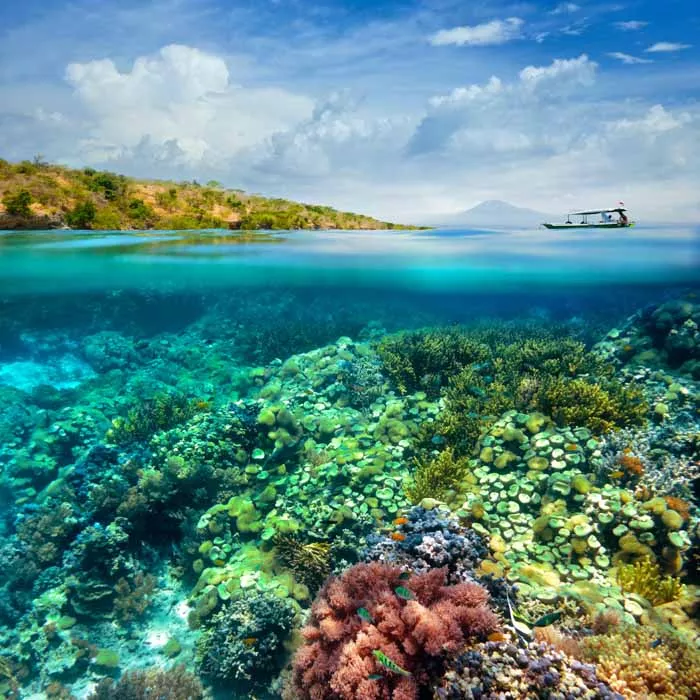Underground Mines
Ground vibrations and air overpressure from blasting can cause damage to slopes, tunnels and other structures both above and below ground.
Why Monitor Your Underground Mine?
Underground mining is the process of removing rock or minerals from the ground that cannot be excavated from the surface. To remove the rock or minerals from the ground, tunnels or levels are created by blasting or drilling through the rock. Both blasting and drilling create ground vibrations that travel through the ground away from the source. When these vibrations are high enough, they can cause damage to nearby structures such as other levels, offices, conveyor systems and elevator or ventilation shafts. In more urban environments, these high vibrations can also affect structures above ground, like homes, office buildings and roads. Blasting also produces a force of air called air overpressure. When air overpressure levels are high, it can cause damage to nearby structures and break windows on equipment or in offices. Blasting in confined spaces like mines can amplify the effects of the air overpressure. Extreme levels of air overpressure can even blow the doors off of shafts.
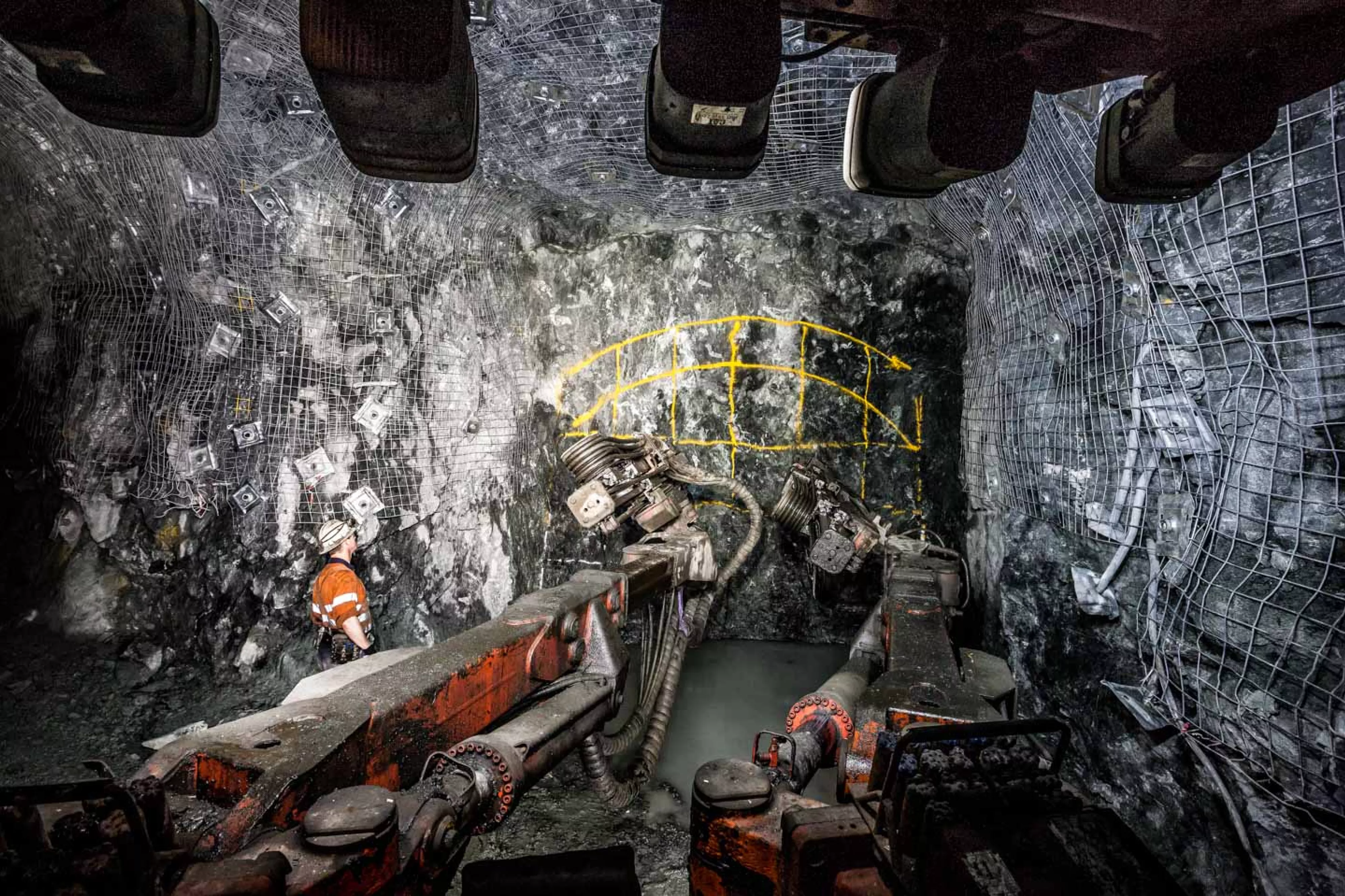
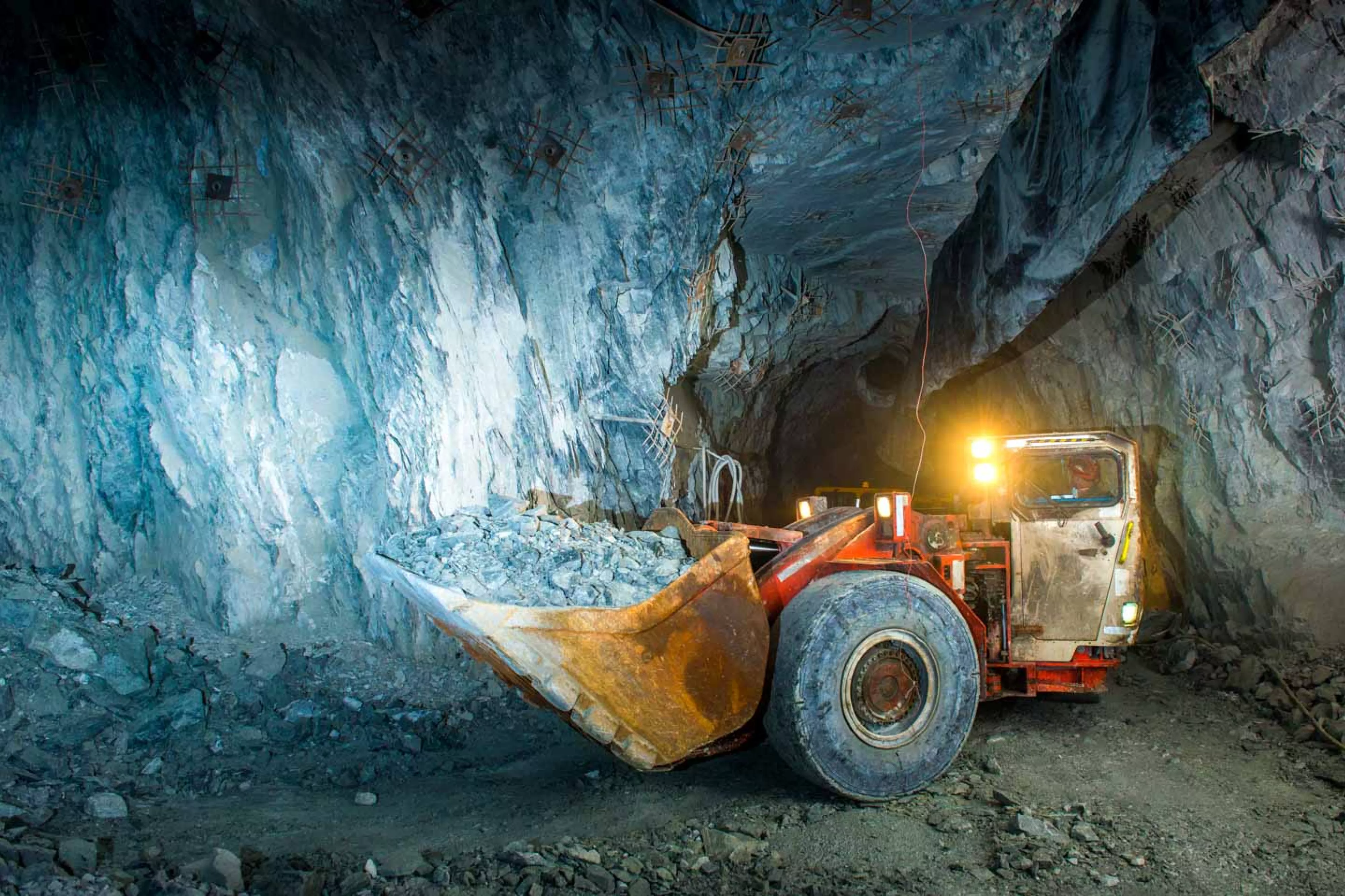
How Instantel Can Help
Using monitoring equipment from Instantel, you can record and monitor vibration and air overpressure or noise levels in or around the mine. Event data recorded using Instantel’s monitoring equipment can make your blast designs more accurate – improving production and reducing costs. Industry guidelines have been developed to provide safe guidelines for vibration and noise produced by mines in urban environments. Monitoring vibration and noise levels at homes and business around the mine can help ensure that your mining activities are within these limits.
Some mines prefer for the public to have access to their monitoring data. Instantel’s cloud-based data hosting solution Vision lets you automatically share your event data 24/7. Vision can be accessed from phones, tablets, laptops or any other internet connected device. Event data can automatically be sorted into projects and the details of each blast can be added. Then if you had a blast on Monday but the vibration levels were not high enough to trigger the monitoring unit to record, Vision will record a No Event Blast. With Vision, you can also create customized reports. You can show the recorded data for the day, week or month. You add data from other sensors in and around the mine. If you have temperature or dust data you would like to display with your vibration and noise data, you can do it with Vision’s customized reporting options.
Using the analysis tools in Instantel’s desktop software THOR, you can post process the recorded event data. THOR lets you place markers on the waveform to indicate when each hole was detonated, showing the exact velocity at a specific time. With the advanced analysis tools in THOR you can perform frequency analysis and truncate the waveforms to isolate vibrations produced by each hole. You can also overlay the blast timing patterns over the recorded waveforms as a comparison. This allows you to assess whether the holes in the blast detonated as per your blast design.
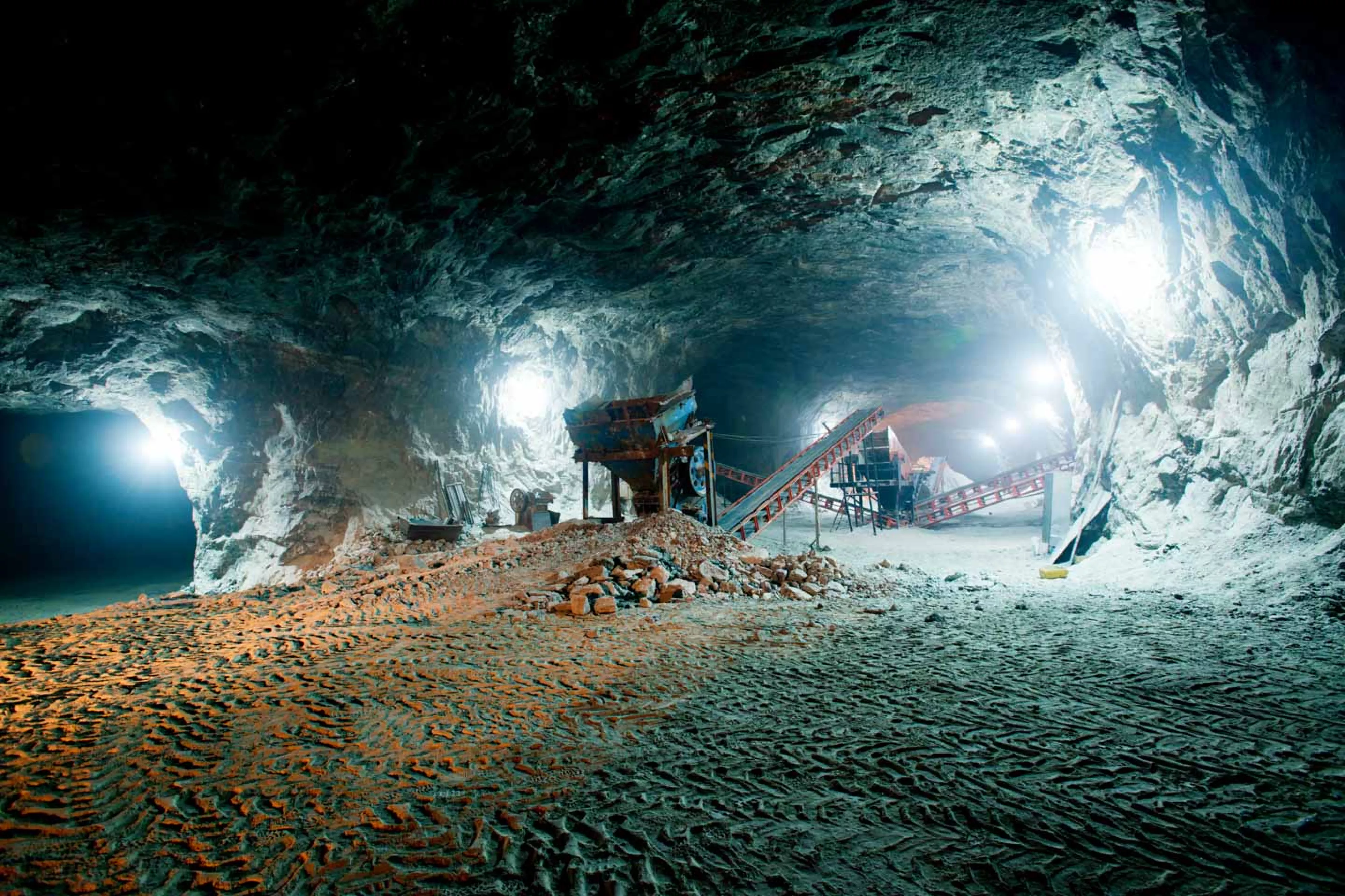
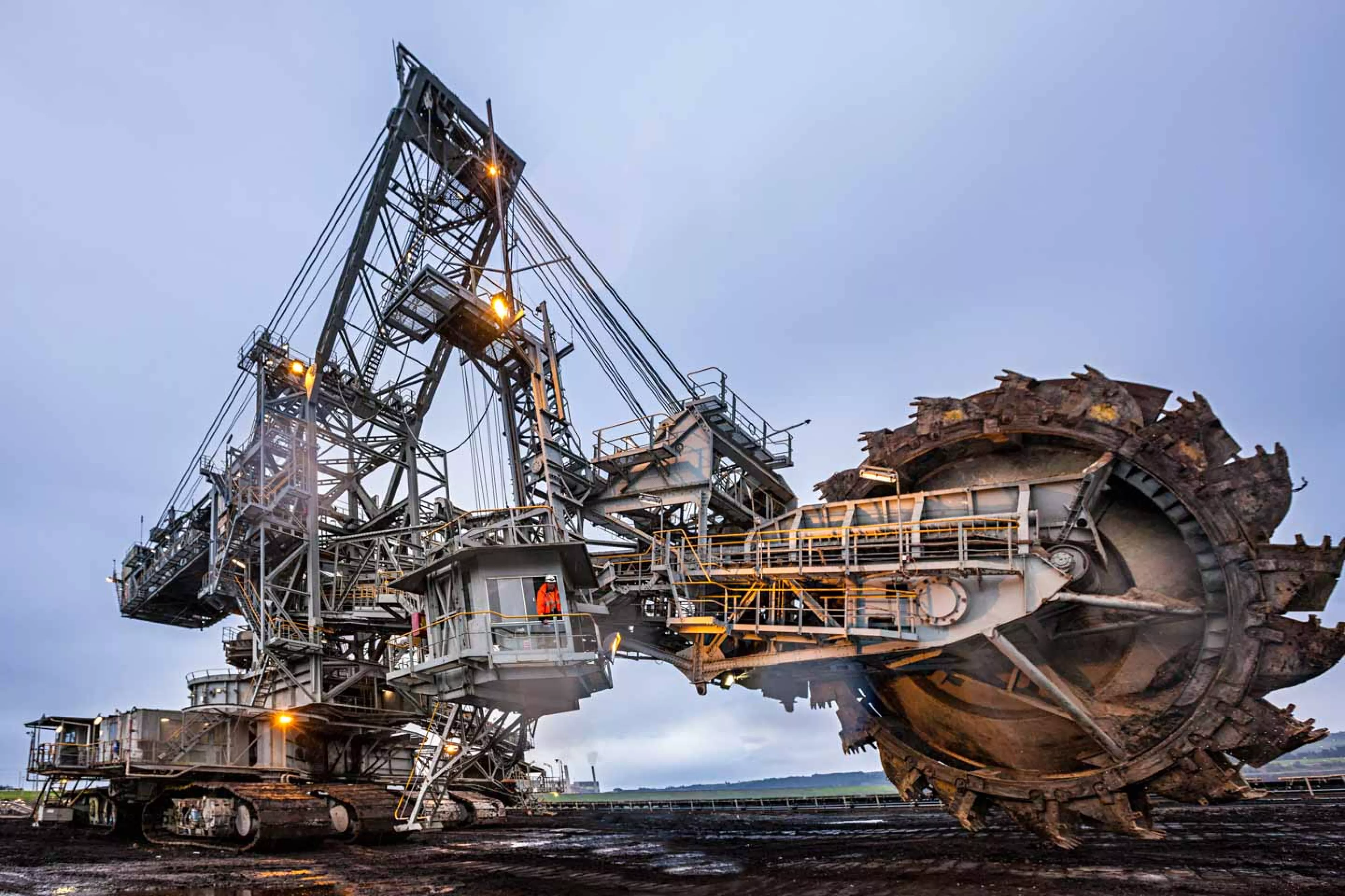
Regulatory Compliance (Far-Field) Monitoring
While municipal, state and federal laws regulate vibration and noise monitoring, in most cases it is the responsibility of the mine to monitor the levels their activities produce. Regulatory compliance monitor can also serve as a best case practice for mines located in urban environments. Understandably, when home and building owners feel the effects of the blasting activity, they are concerned that their property is being damaged.
The Instantel system is scalable. If today you need to monitor on vibration in one location and tomorrow you need to monitor vibration and noise, simply add a sound level microphone. The Micromate monitoring unit has four available channels: three for recording vibration on three planes and one for recording sound/noise levels or air overpressure.
 |
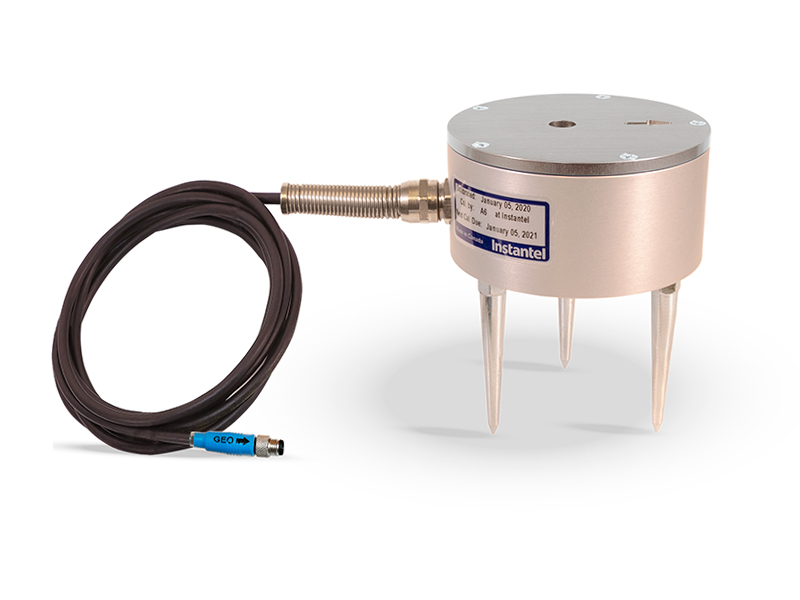 |
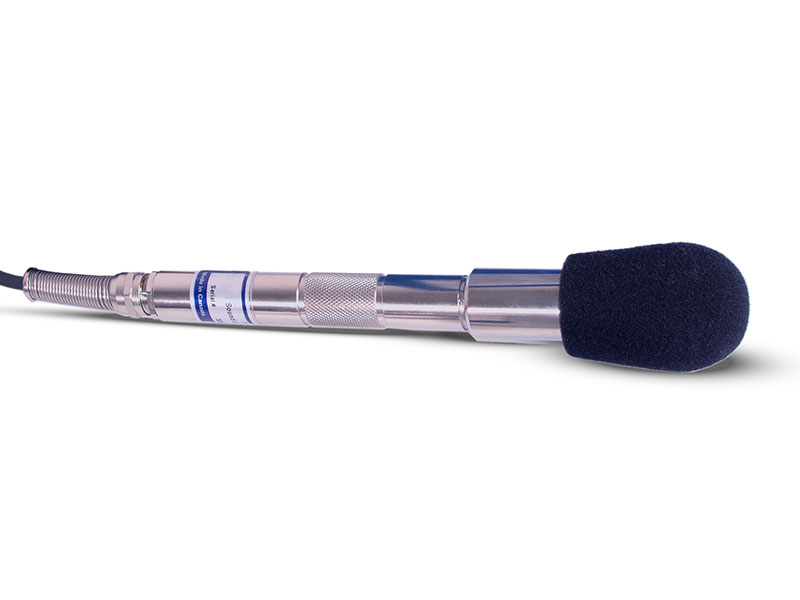 |
Micromate |
Triaxial Geophone |
Sound Level Microphone |
| Monitoring unit with four available channels: three channels for recording vibration on three planes and one channel for air overpressure or noise data. | Records ground vibration in three planes: transverse, vertical and longitudinal. Available to meet ISEE, DIN and Swedish blasting standards. | Class 1 Sound Level Microphone records noise (or sound) levels. The Sound Microphones meets the IEC 61672-1 standards. |
How A Micromate Monitoring System Connects Using THOR and Vision Software Systems
Our equipment is designed to withstand long-term installations and extended exposure to the conditions of a construction site. You can install Instantel monitoring equipment permanently for the length of your project. Using Instantel’s Auto Call Home technology and a modem connected to the monitoring unit, event reports can automatically be sent to your computer so you can analyze the data using THOR, our desktop software, or they can be sent to our cloud-based data hosting site, Vision.
THOR

Our proprietary Histogram Combo recording mode ensures that you never miss an event. With Histogram Combo mode you can monitor the job site 24 hours a day and still get reports when levels are exceeded. Your report will show you the peak vibration levels at set intervals throughout the day but it will also give you a waveform report if there are any exceedances. If your equipment is connected to a modem, the waveform events will automatically be sent using Auto Call Home, then at the end of the day your histogram events will be sent. This allows you to quickly analyze the waveform events and determine if the activities are causing the exceedance or if there is an alternative reason. Histogram Combo mode is ideal when you are monitoring activities that induce repetitive vibrations, like pile driving or dynamic compaction.
Vision
Some project requirements stipulate that project owners, regulatory authorities or other stakeholders need to be kept informed of the monitoring activity and whether there are any exceedances. Instantel’s cloud-based data hosting solution, Vision, can provide 24/7 access to event data. Data recorded by your Instantel monitoring equipment can be automatically sent to Vision when the system is connected to a modem. With Vision, you can control how much or how little each person sees. If for example, you want the project owners to be able to see the events and reports but not download them and you want the regulatory body to see and download them, you can set those preferences in Vision. Vision also lets you create custom reports. You can add in event data from other sensors, like temperature or strain gauges, and show your data over the day, week or even over the entire duration of the project.

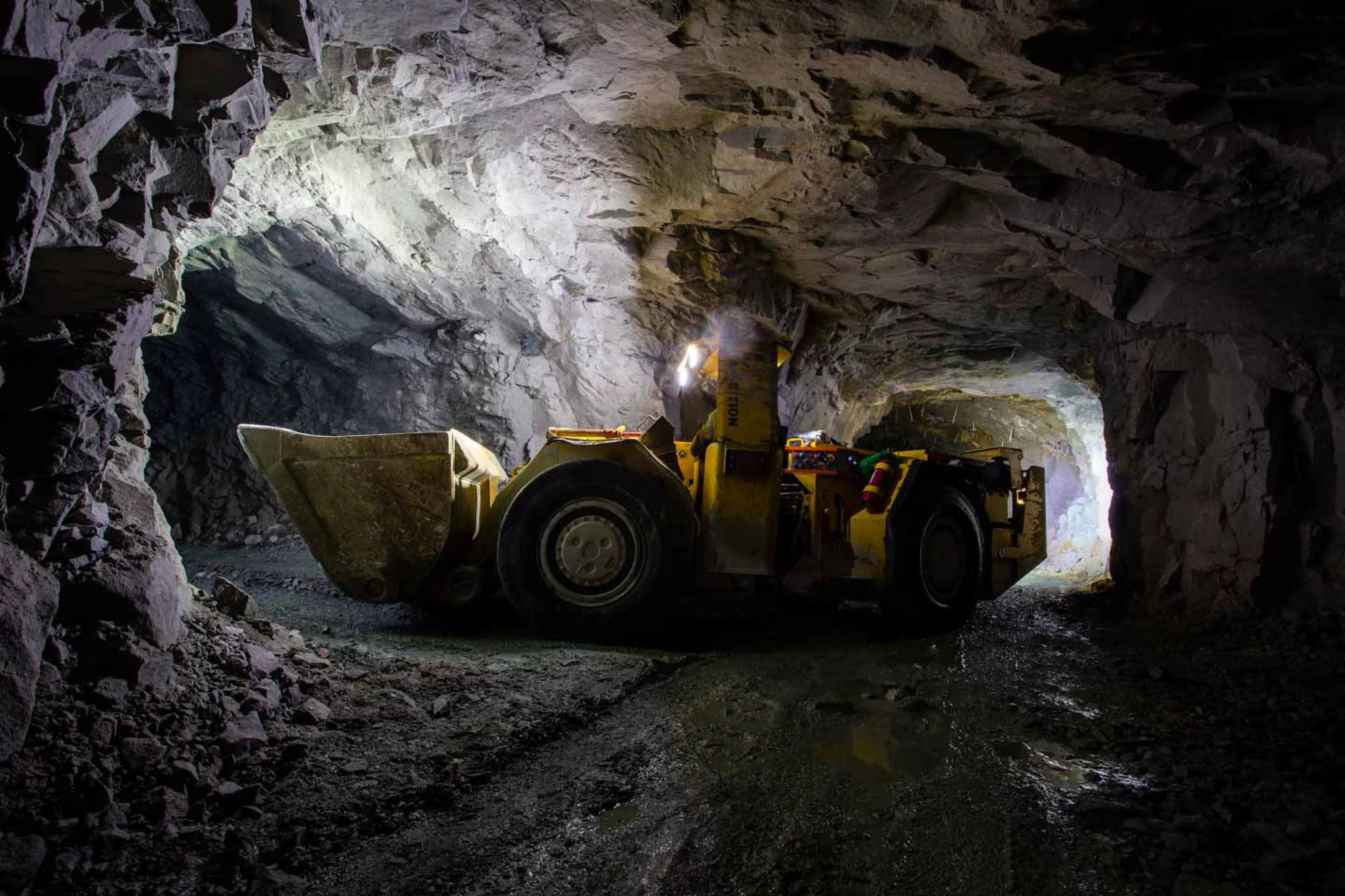
Near-Field Monitoring
Recording vibration or air overpressure data in close proximity to the location of the blast is called near-field monitoring. Near-field monitoring can be done for blast design but in an underground mine, near-field monitoring can also be used to monitor the integrity of other levels, elevator shafts, ventilation shafts, office or other structures and equipment. Using the data recorded with an Instantel monitoring system, you can adjust your blast design to reduce the vibration and air overpressure levels or the data can be used to design a blast that produces a more manageable rock fragmentation.
Vibration and air overpressure waves measured closer to the blast will be higher in frequency than the same wave measured from further away. Instantel’s high frequency geophone can measure vibrations from 30 Hz to 1000 Hz so you can be sure to capture all of the necessary vibration frequencies. The Minimate Pro monitoring unit records the data captured by the High Frequency Geophone. It records up to 65,536 samples per second to give you more resolution in your data. With more resolution you get a more accurate representation of the vibration. Since blast designs rely on time delays and distance between charges, having an accurate velocity measurement increases the accuracy of your distance and time delay calculations.
In some cases, the air overpressure levels from a blast were high enough to blow the doors off of a shaft or cause damage to offices and equipment. Since air overpressure can be amplified by the confined spaces in a mine, the High Pressure Mic from Instantel allows you to measure frequencies from 5 to 1000 Hz or pressures up to 69 kPa. Since the Instantel system is scalable, you can add the High Pressure Microphone to your Minimate Pro monitoring system whenever you require it.
 |
 |
 |
Minimate Pro4 |
High Frequency Geophone |
Linear Microphone |
| Monitoring unit with four available channels: three channels for recording vibration on three planes and one channel for air overpressure or noise data. | Records high frequency vibrations in three planes: transverse, vertical and longitudinal. | Records air overpressure data on a linear scale from 2 to 250 Hz with a range of 100 to 148 dB(L) (2 to 500 Pa). |
How A Minimate Pro4 Monitoring System Connects Using THOR Advanced and Vision Software Systems

THOR Advance
Using the analysis tools in Instantel’s desktop software THOR, you can post process the recorded event data. THOR lets you place markers on the waveform where each holes goes off, showing the exact velocity at a specific time. With the advanced analysis tools in THOR, you can perform frequency analysis and truncate the waveforms to isolate vibrations produced by each hole. You can also overlay the blast timing patterns over the recorded waveforms as a comparison. This allows you to assess whether the holes in the blast detonated as per your blast design.
